It can be overwhelming to jump into a game you’ve never played before. This is especially true with Hearthstone.
A new player jumping into Hearthstone will be overwhelmed by an insane amount of cards, classes, and combinations. If that player decides to google a deck in hopes of getting a headstart, they’ll be met with a ton of terms that they probably have no understanding of. This can make it difficult to figure out where to begin. That’s where this guide comes in.
The first step to playing Hearthstone is figuring out what type of deck you want to play. If you don’t know, you’ll never be able to begin the deck-building process.
To do this, you’ll need to understand what different deck archetypes mean. Words like aggro, combo, and control are often slapped on the end of a class name as a way to describe a deck. If there’s a class fantasy within the game that tickles your fancy, the next step is picking an archetype, but first you have to learn what they mean.

Aggro
Aggro in this case is a shortened version of the word aggressive. This should give you an idea of how this type of deck is meant to be played. Aggro is a term you’ll see associated with just about every class. While it fluctuates based on what cards are in standard rotation, usually every class has the option to make a viable aggro deck.
Aggro decks are generally full of minions and ways to do direct damage to your opponents face. With this type of deck, you’ll want to spend most of your early game dropping low cost minions and having them smash your opponents face. Your mid game is spent dropping even more minions, or buffing the minions you already had on the board making them stronger. Aggro is a very fast archetype, and one of the easiest to play. Aggro decks generally tend to be a bit cheaper than other archetypes as well, so if you’re the type of person who enjoys having a ton of pieces on a the board, Aggro might be for you.

Combo
Unlike Aggro decks, Combo (short for “combination”) decks are a bit more scarce in terms of which classes can pull them off. You can probably build a decent Combo deck with any class, but that doesn’t mean it will be viable in competitive play. Combo decks revolve around setting up big late-game plays that combine with everything else you’ve done in the game so far to win in devastating fashion.
The most popular classes for Combo type decks are usually Rogue and Priest. These classes usually have more combo oriented cards. Rogue type combo decks usually revolve around playing so many cards in a turn that it buffs your spells or minion abilities, allowing you to chunk big damage from your opponents health. Priest Combo decks usually focus on setting up a one-shot combo for the end of the game that sees you blasting your opponent for their entire life total with one spell.
The Combo deck archetype is great for someone who enjoys the long game and likes to surprise their opponent.

Control
This archetype does exactly what its name implies. The purpose of a Control deck is to answer everything your opponent throws at you for as long as possible, until you’re ready to set up your win condition. Every class usually has a viable Control deck, but certains classes seem to lean more toward control than others. Mage, Priest, Warlock, Druid, and Warrior all tend to be more successful than the other classes in terms of Control decks.
Most Control decks will be packed with spells that are used to keep your opponent at bay by slaughtering their creatures. Control can be a very frustrating archetype to play against, as it can make you feel powerless if your opponent continuously has an answer to everything you play.
Control decks look to work toward their end-game win condition, which can be anything from a huge powerful minion to making your opponent run out of cards. You have to have patience to pilot a Control deck. It’s good for someone who wants to feel like they are an evil super villain thwarting every one of the heroes plans.

While there are more deck archetypes than what we’ve mentioned here, many of them still fall into one or more of these three categories. One-Turn Kill decks for example could be considered a Control or Combo deck. By understanding these basic deck archetypes you’ll have a better understanding of what each deck is expected to do in the game.
You don’t want to spend your dust on a deck that doesn’t fit your playstyle. Think about the type of game you want to play, and craft a deck that allows you to set that pace.


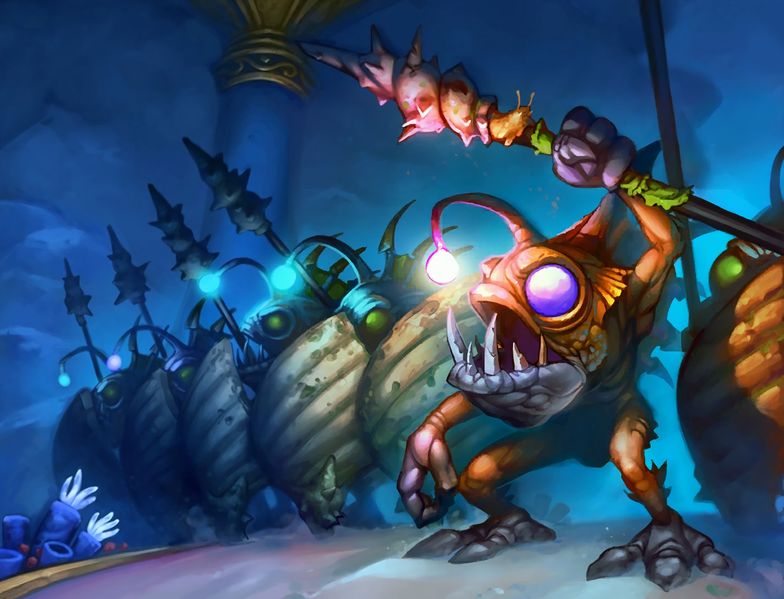

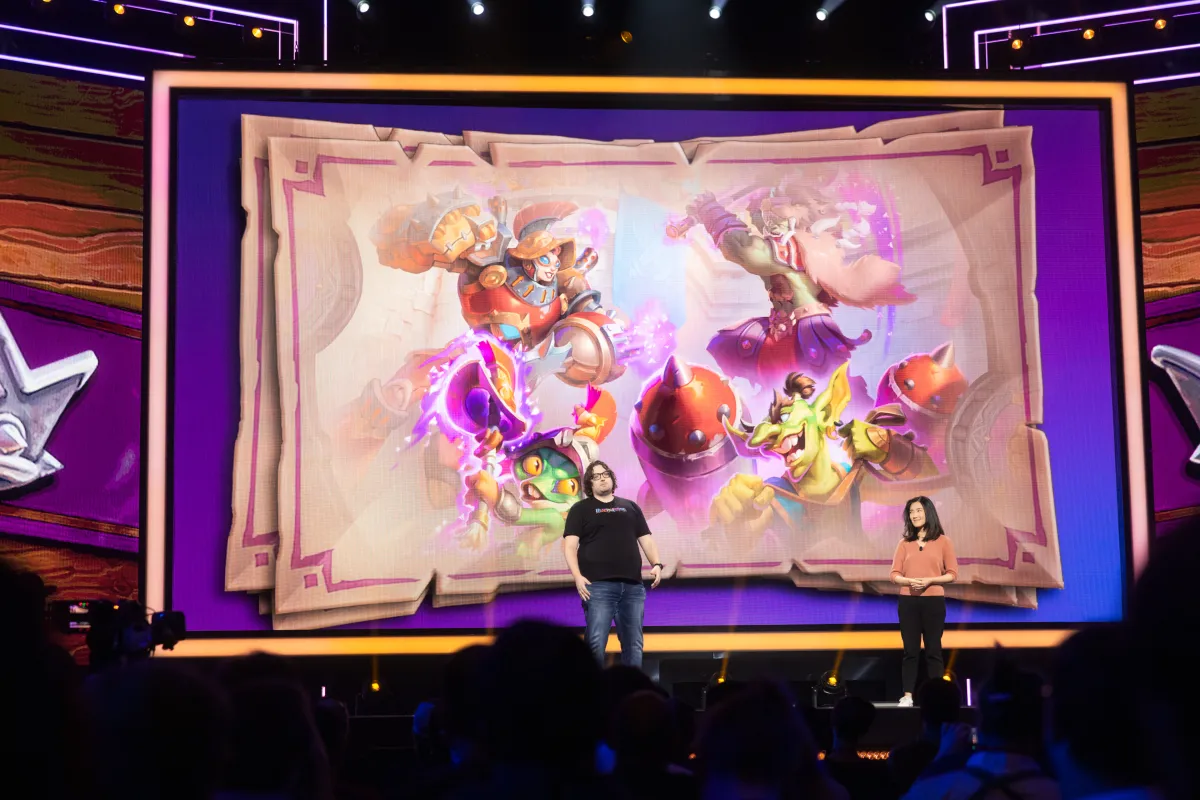
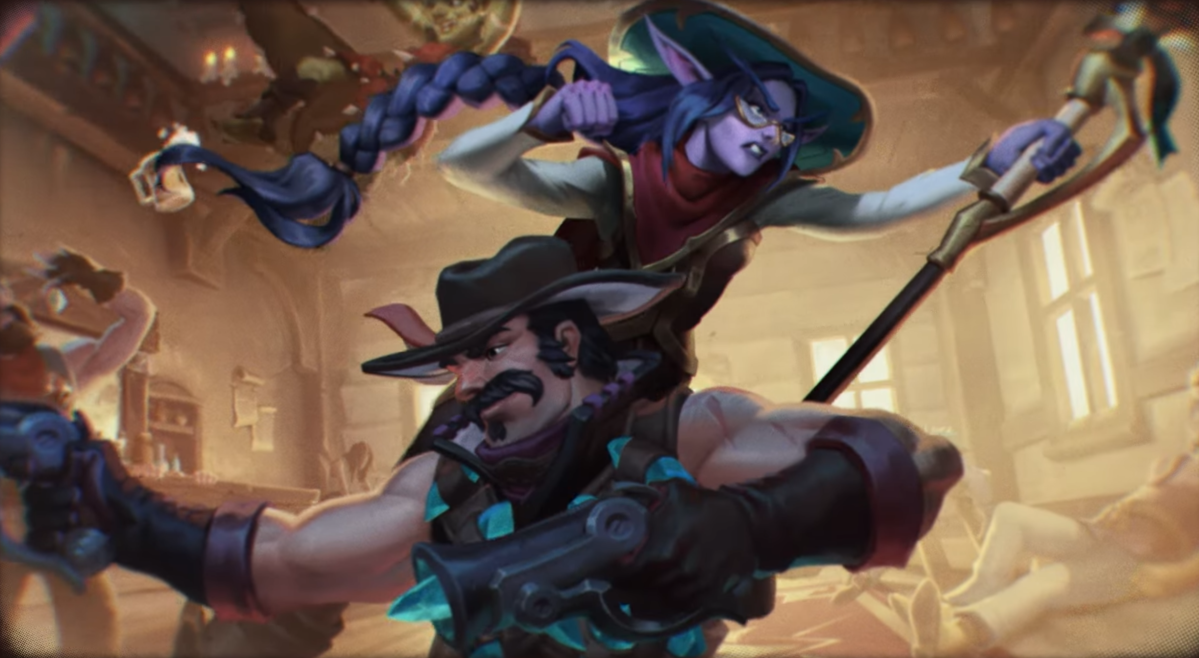
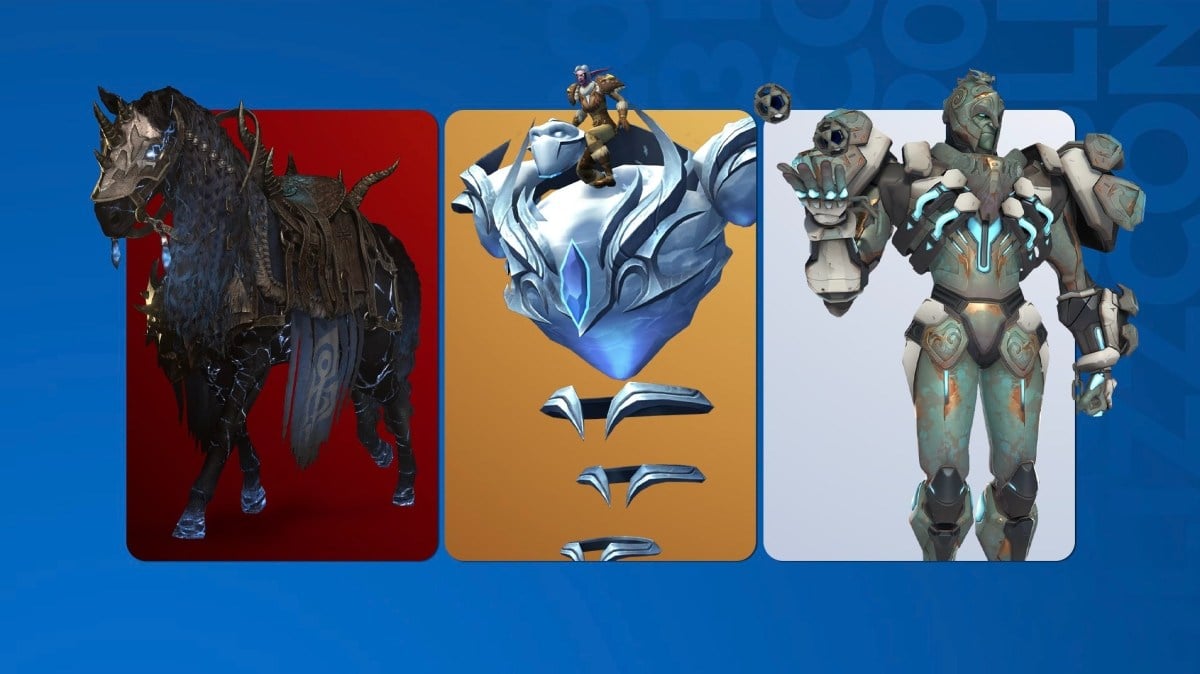
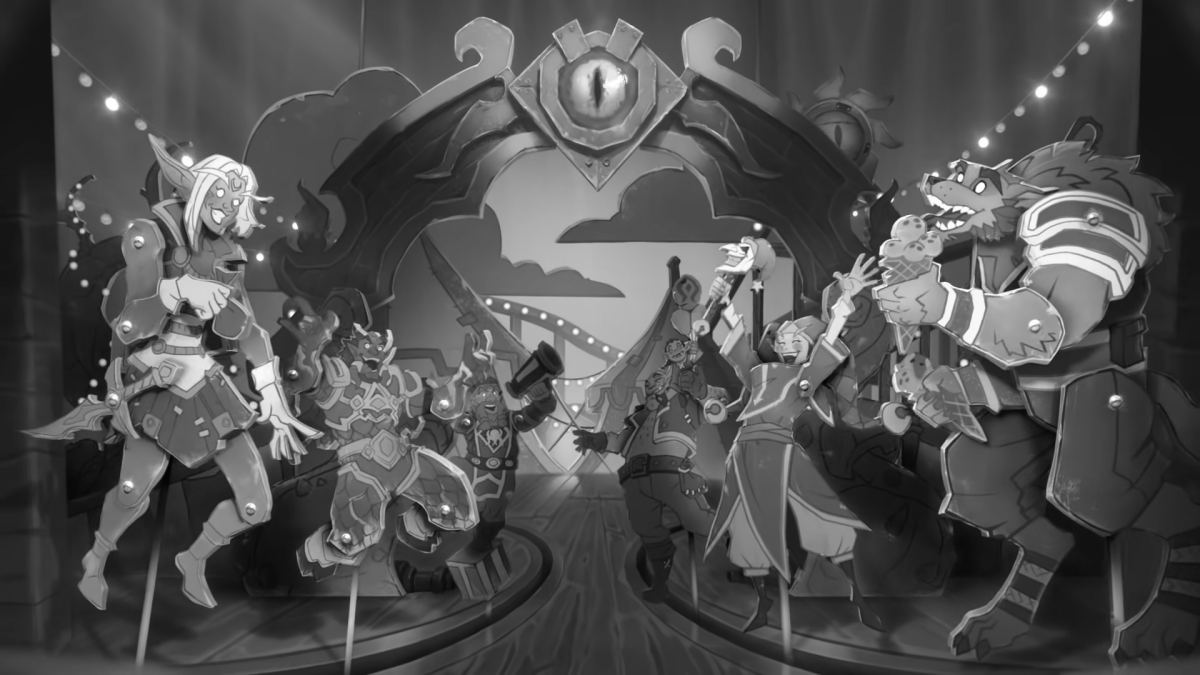
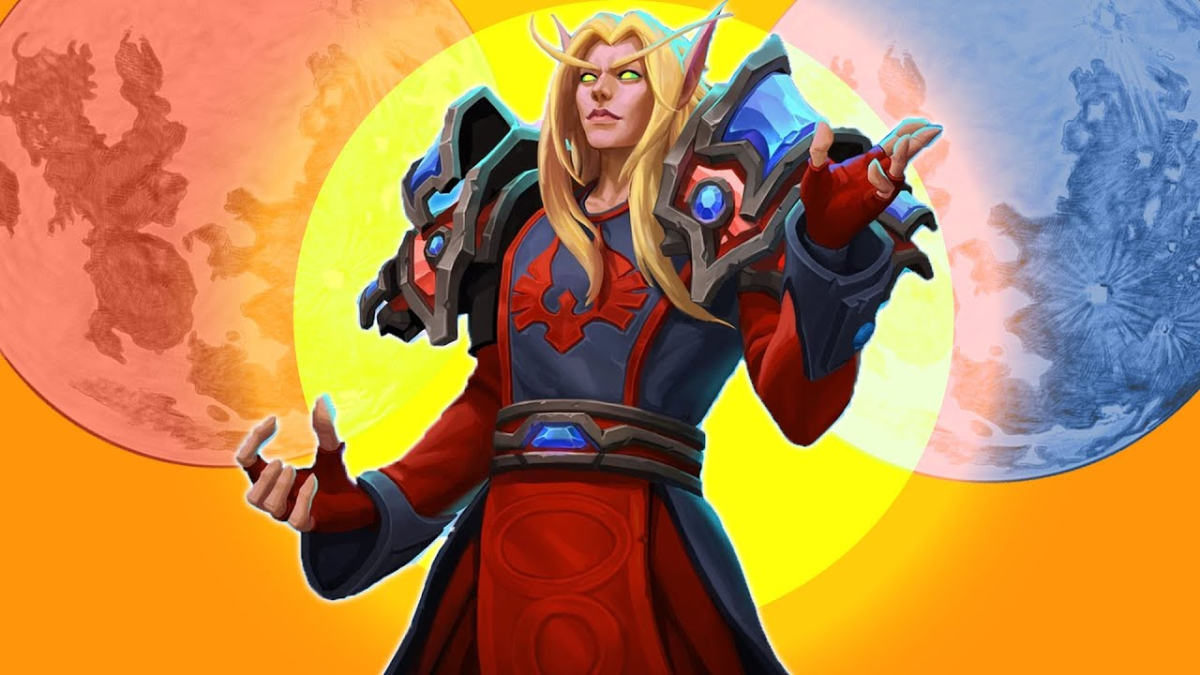
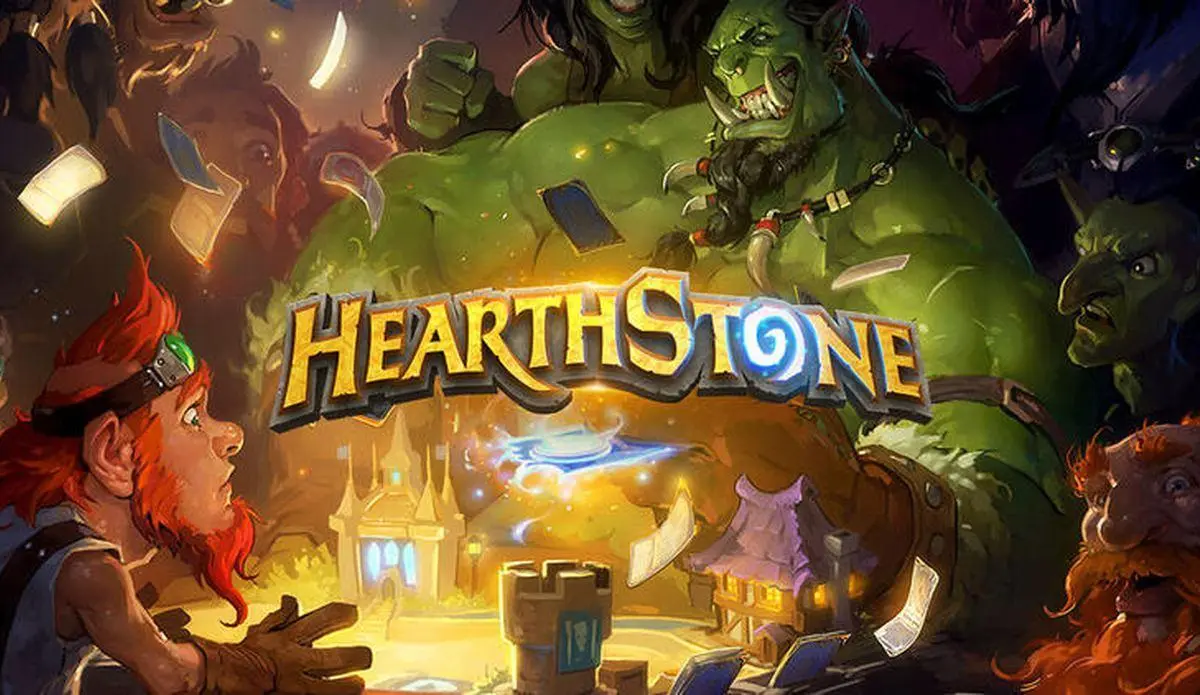

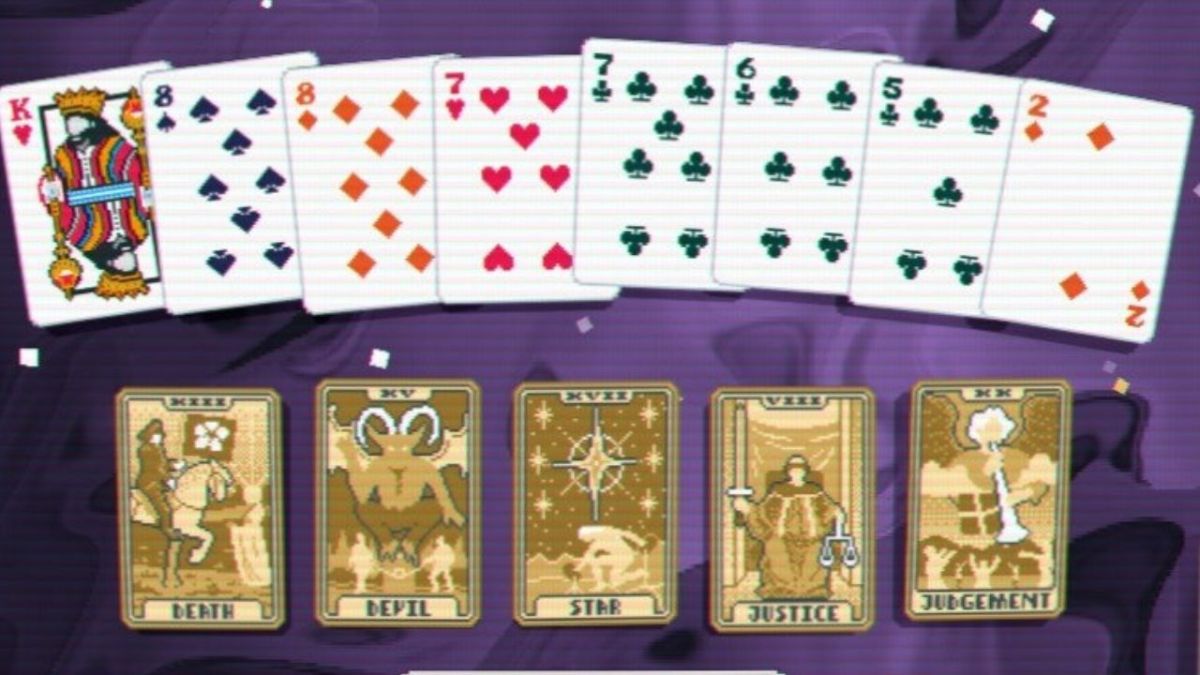


Published: Jan 1, 2019 11:32 am